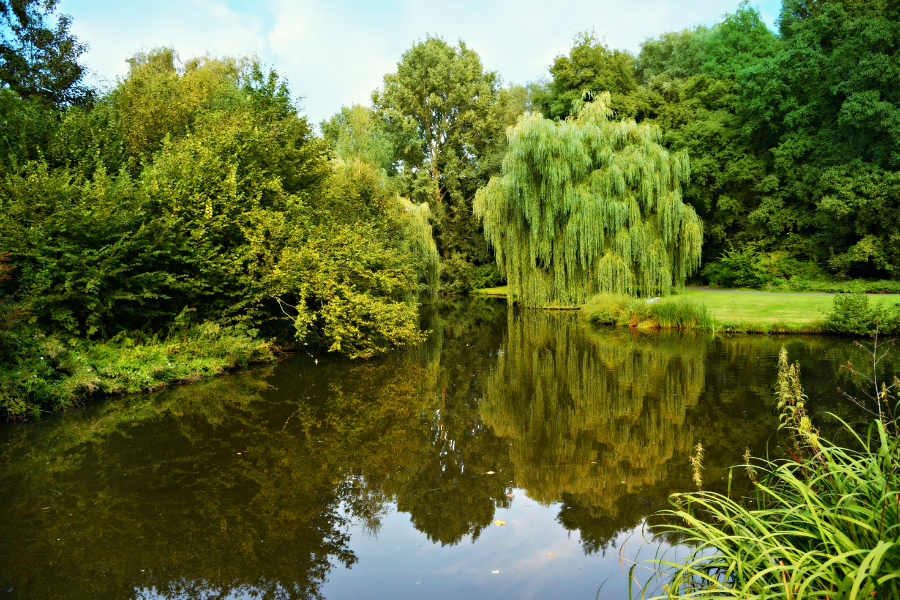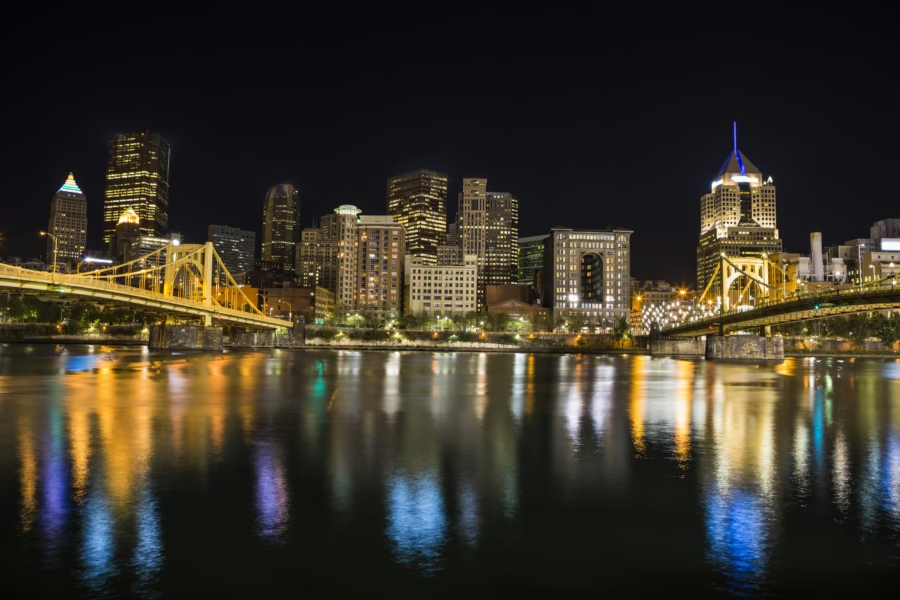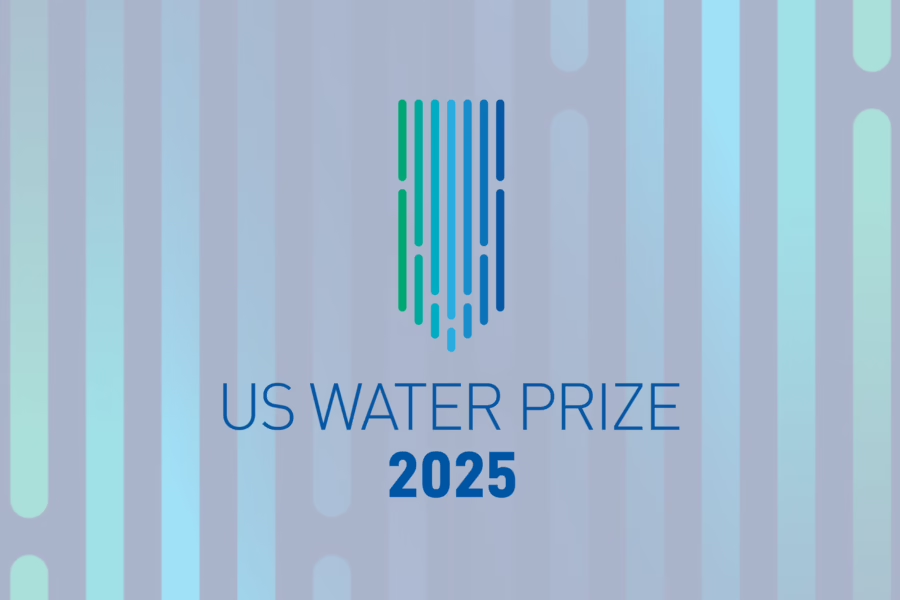As the nation knows all too well, Los Angeles is facing the dual challenges of a historic drought and what is predicted to be a very strong El Nino winter. In this context, the benefits of stormwater capture are numerous and urgent. By capturing stormwater before it hits our streets, we can prevent it from becoming runoff and carrying dangerous pollutants to our watershed. We can mitigate the burden that flooding puts on our stormwater and wastewater systems, and increase our local water supply by allowing for reuse and, in some parts of our City, groundwater recharge.
Over the last decade, the City of Los Angeles Bureau of Sanitation, in partnership with the Department of Water and Power and the County of Los Angeles, has worked diligently to design and build new infrastructure to capture and infiltrate stormwater runoff. The Bureau’s stormwater strategy ranges from large-scale regional projects, to neighborhood-level “Green Street” improvements in the public right of way.
Earlier this month, we kicked off a pilot project called “Smart Cisterns” that enables residential properties to become part of the solution. We are working with a group of ten LA residents to install cisterns and other green infrastructure features on their property. Unlike your grandfather’s cistern, Smart Cisterns are outfitted with technology that tracks weather conditions and water levels, allowing the user to control the system from the touch of an iPad.
By investing in pilot projects like these, the City is taking considerable steps forward to meet pressing EPA guidelines on clean water, and reach Mayor Eric Garcetti’s goal of reducing the city’s purchase of imported water by 50% by 2025. A great deal of work remains to not only design, construct and identify funding for these investments, but also to change the fundamental relationship the residents of Los Angeles have with water.
I am encouraged, however, that over the past year, Angelenos have proven that they value water and are more than capable of meeting our water challenges by examining their own water footprint. Just in the past year, we have seen a dramatic 16% cut in water usage city wide. By leveraging this momentum, we as a city can continue to change the culture, and begin to treat stormwater not as a burden, but as a valuable resource.


